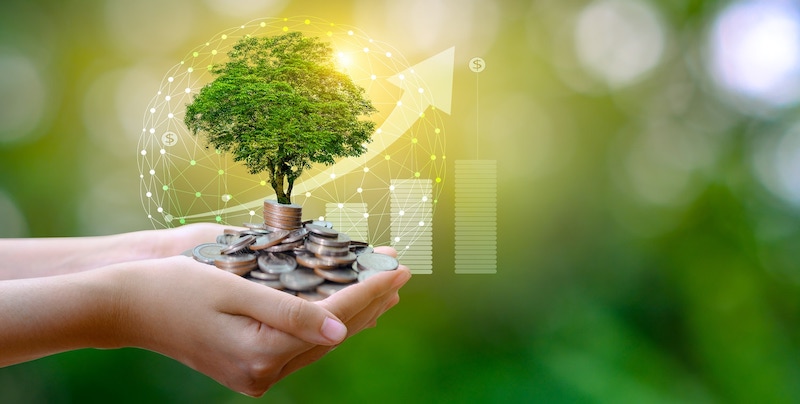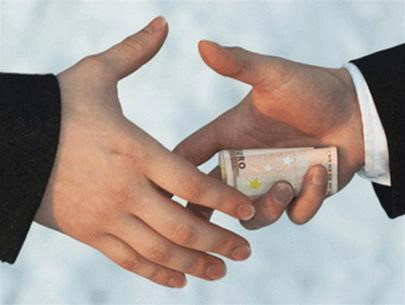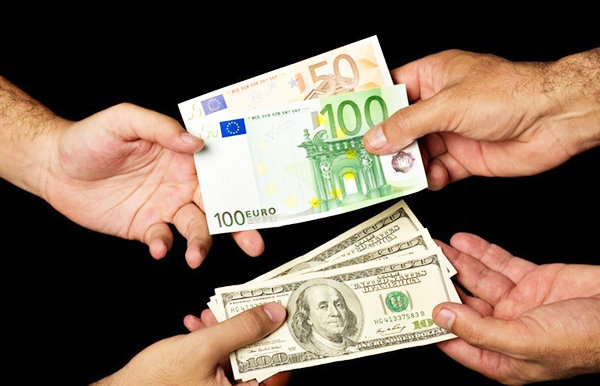What is ERPA? What are the principles of transfer and financial management of ERPA in Vietnam? - Huu Huy (Khanh Hoa, Vietnam)

What is ERPA? Principles of transfer and financial management of ERPA in Vietnam (Internet image)
Regarding this issue, LawNet would like to answer as follows:
1. What is ERPA?
According to Clause 1, Article 2 of Decree 107/2022/ND-CP, ERPA is the Agreement on payment of greenhouse gas emission reduction in the North Central region, signed on October 22, 2020 between the Ministry of Agriculture and Rural Development and the International Bank for Reconstruction and Development (IBRD); The International Bank for Reconstruction and Development transfers to the Ministry of Agriculture and Rural Development approximately 95% of the contracted emissions reductions and additional amounts (if any) for use in the Nationally Determined Contribution (NDC) of Vietnam.
2. Principles of transfer and financial management of ERPA in Vietnam
* Principles of transferring ERPA
Specifically, in Clause 1, Article 3 of Decree 107/2022/ND-CP stipulating the principles of transferring ERPA as follows:
- The transfer of emission reduction results is determined according to the agreement in the ERPA.
- Emission reduction results that have been transferred under ERPA are not transferable to other partners.
* Principles of financial management ERPA
The financial management of ERPA must ensure the principles specified in Clause 2, Article 3 of Decree 107/2022/ND-CP, specifically as follows:
- Revenue from ERPA is the revenue from forest environmental services for forest carbon sequestration and storage services, reduction of greenhouse gas emissions from forest loss and forest degradation, sustainable forest management, and green growth in accordance with the Law on Forestry 2017 are paid in accordance with Decree 107/2022/ND-CP; monitoring and accounting separately from other forest environment service revenues.
- Make payments in Vietnam Dong, applying the actual exchange rate at the time of economic transactions of the commercial bank where the account is opened to receive revenue from ERPA.
- Expenses for implementation must ensure the principle of rationality and do not overlap with other expenditures of the state budget.
3. Contents covered under ERPA in Vietnam
The contents of the payment for GHG emission reduction under the ERPA are specified in Article 6 of Decree 107/2022/ND-CP as follows:
(1) Support forestry activities to reduce greenhouse gas emissions, including:
- Review, develop, supplement, and complete guidelines on mechanisms and policies for reducing greenhouse gas emissions in the forestry sector;
- Examine, monitor, and assess changes in forest carbon stocks: monitor the conversion of natural forest use purposes to other purposes; organize the implementation of sustainable forest management solutions;
- Strengthen law enforcement on forest protection and development;
- Capacity development for organizations and individuals directly involved in forest protection and management.
(2) Activities that directly contribute to GHG emission reduction, including:
- Protection of natural forests;
- Silvicultural measures according to current regulations, approved by competent authorities in accordance with law.
(3) Activities to support livelihood development, including:
- Support agricultural and forestry extension activities, supply, plant varieties and animal breeds; site management and economic development of planted forests; procurement of equipment for processing agricultural and forestry products; study tours to build demonstration models on livelihood development associated with forest protection and development;
- Support the construction of residential community public works projects such as clean water, lighting, communication, village roads, cultural houses, and other projects agreed upon by the community participating in forest management.
- Support propaganda activities, technical training, the development of conventions and regulations, and a commitment to law enforcement.
(4) Management activities, including:
- Manage and coordinate revenue sources;
- Activities of inspection, monitoring, and evaluation;
- Measuring, reporting, and evaluating emission reduction results;
- Communication and propaganda;
- Inquiries, complaints, and feedback activities.
Tran Thanh Rin
 Article table of contents
Article table of contents





.Medium.png)
.Medium.png)
.Medium.png)
.Medium.png)
